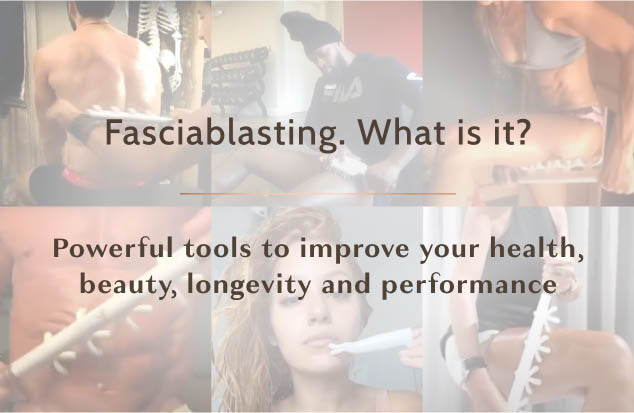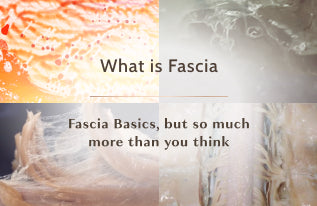Fascia and Autoimmune
What is the Link Between Autoimmune Diseases and Fascia?
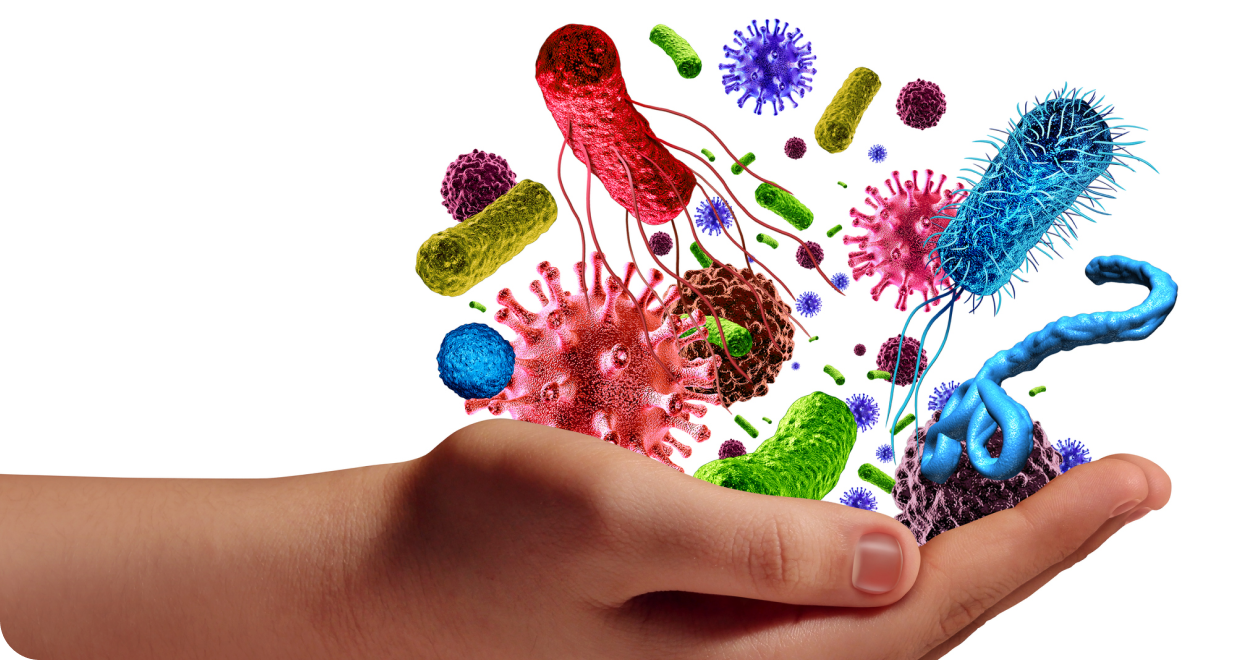
Despite a direct link between fascia and autoimmune* disease symptom, scientists are only just beginning to focus on understanding the importance of healthy fascia. Here’s what I found in the literature.
When your immune system is overactive and attacking healthy cells within your body, it can trigger inflammation in multiple areas, which can lead to pain. Research has shown that persistent inflammation processes can lead to fibrosis, which can change the mechanical properties of the fascia, causing pain in the bones, joints, and muscles4. Moreover, a recent study examined patients with various autoimmune diseases who reported muscle pain and weakness and found that the cause of this pain was fasciitis, a painful inflammation of the fascia5. There are also several autoimmune disorders of the musculoskeletal fascial system (myofascial system) that directly cause fascial sclerosis and fibrosis. This causes pain and immune dysfunction, which is not only distressing for the sufferer but can also cause functional impairment and significantly impact a person's quality of life.
A New Study Gives Hope for Managing Symptoms of Autoimmune Diseases at Home.
Inflammation and musculoskeletal pain are common in people suffering from autoimmune diseases. A new study on FasciaBlaster instruments demonstrates the benefit of using fascia manipulation techniques to remodel fascia and reduce inflammation. Published in Cogent Medical Journal, scientists reported that the use of FasciaBlaster instruments 3 to 5 times a week for 90 days led to ultrasound evidence of fascia (collagen) remodeling, where the health of the fascia was restored to a soft and supple state9. These results were supported by an increase in collagen production markers in the blood (PICP). PICP is a protein that is expressed in connective tissue when it is undergoing remodeling, which further validated the ultrasound results7. In addition, the blood marker for systemic inflammation (CRP- CReactive protein) showed a reduction in inflammation in just 30 days. FasciaBlasting also increases temporary blood flow to the site of blasting and temporarily relieves discomfort related to muscle fatigue, such as repetitive motion.
Palpating Your Body with FasciaBlaster Techniques*
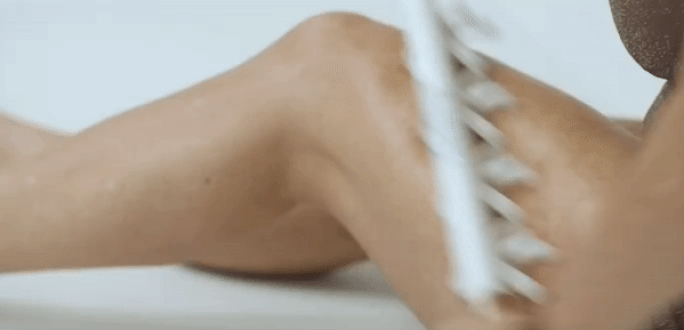
An increasing number of studies support the use of fascia massage or myofascial release to reduce inflammation and relieve pain experienced in bones, joints, and muscles. For example, research has shown that incorporating myofascial release into the treatment program of a patient suffering from rheumatoid arthritis and collagenous colitis helped facilitate improvements in pain, range of motion, fatigue, and gastrointestinal motility10. Another study assessed the use of myofascial release in treating patients with systemic sclerosis, an autoimmune condition that causes atypical growth of connective tissues. The researchers found that treating patients using myofascial release and joint manipulation twice a week for nine weeks resulted in improved movement and function and increased quality of life compared to the control group11. This demonstrates the positive effect that fascia massage can have on managing symptoms of autoimmune diseases, and it is increasingly becoming recognized as an important part of treatment programs. Click here. for more on Instrument Assisted Treatments
Doctors on the Today’s Show Discuss FasciaBlasting and Ashley Black Reveals her Childhood Rheumatoid Arthritis*
Mainstream Media traditionally steers clear of all-natural alternatives, but the medical staff at the Today Show are progressive and well informed. For more information on the backstory of Ashley Black’s FasciaBlaster, click here
What are Autoimmune Diseases?
Autoimmune diseases occur when your immune system is overactive and begins attacking your own healthy cells. No one is quite sure why this happens, but some are genetic and run in families, and you are much more likely to have an autoimmune disease if you are a woman. There are more than 80 recognized autoimmune diseases that affect different parts of the body, and as research continues to advance, it is likely that we will continue to discover more. People suffering from autoimmune diseases experience a variety of symptoms, including fatigue, joint pain and swelling, digestive issues, nausea, headaches, swollen glands, and skin problems.
Some common autoimmune disorders include
Psoriatic arthritis.
Hoshimoto’s disease
Mixed Connective Tissue Disease
Rheumatoid arthritis (RA).
Sjögren’s syndrome.
Systemic lupus erythematosus (Lupus, SLE).
Crohn’s disease
Graves’ disease
How Autoimmune Diseases Are Usually Treated and Archaic Approach
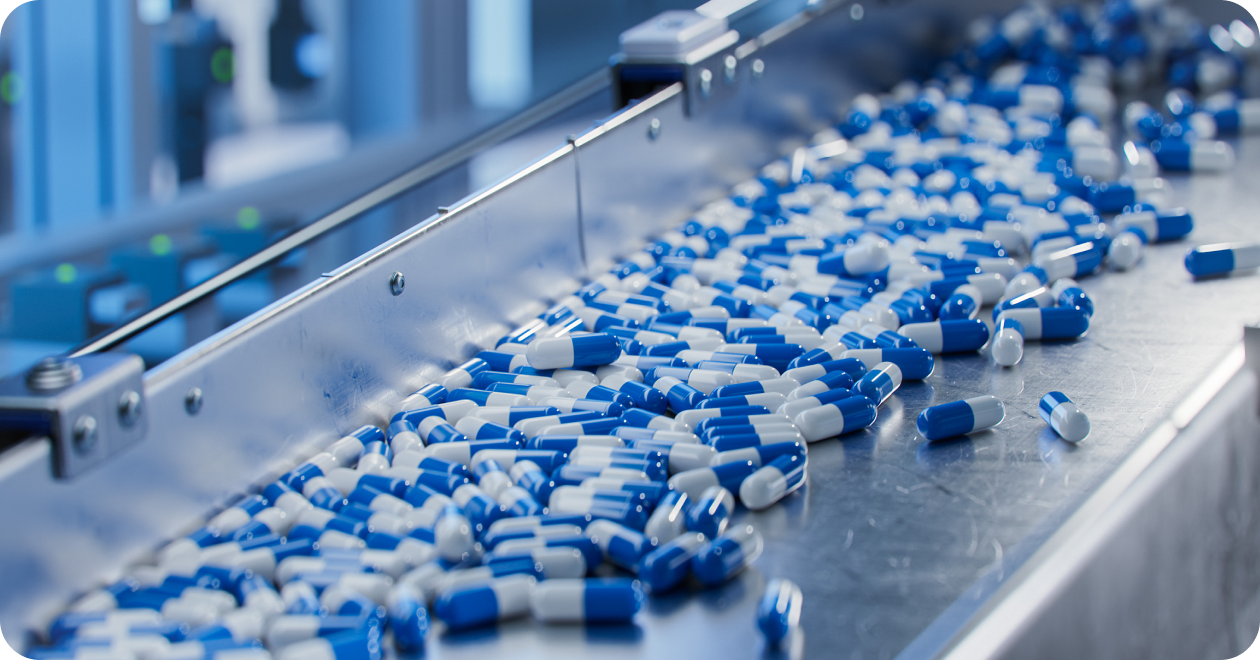
There is no definitive cure for an autoimmune disease, but doctors and specialists can recommend treatments and therapies to help you manage your symptoms. The treatment will depend on the condition, but the most common approach is to prescribe medications that suppress or alter the immune system in some way to reduce the impact the disease is having on the body. These medications can include anti-inflammatories, insulin, corticosteroids, painkillers, and plasma exchanges. Doctors may also recommend physical therapy to help with joint and muscle pain, and in some cases, such as Crohn’s, surgery2,3.
FasciaBlasting is a “can’t hurt medicine” and is proven safe and effective for reducing inflammation(10)
Living with an autoimmune disease can be challenging and frustrating, but new solutions are emerging that can help you manage some of your symptoms in all-natural ways. Before trying expensive and invasive procedures or drugs, give FasciaBlasting a try. Finish it off with some cold therapy and see how you feel. Click here for our best kits for sensitive full-body treatments.

Click Here For Our Beginner Kit
Designed With The Beginner
In Mind.
-
 Fasciablaster - For deep myofascial blasting
Fasciablaster - For deep myofascial blasting
-
 Faceblaster - For sculpting the face and little spots, like the knees
Faceblaster - For sculpting the face and little spots, like the knees
-
 Nugget - Trigger point massage
Nugget - Trigger point massage
-
 Wrap Kryo Pack - For soothing Kryotherapy.
Wrap Kryo Pack - For soothing Kryotherapy.
-
 Blaster Oil®️ Essentials - Formulated with essential oils for a seamless Blasting experience.
Blaster Oil®️ Essentials - Formulated with essential oils for a seamless Blasting experience.

Written and Medically Reviewed by:
Dr. Lindy Whitehouse, Ph.D.
Lindy is a science writer with a Ph.D. in Biology from the University of Regina, Canada
Cited Works
1. Orbai, A.-M. (2022). What are common symptoms of autoimmune disease?. JHM.
https://www.hopkinsmedicine.org/health/wellness-and-prevention/what-are-common-symptoms-of-autoimmune-disease
2. Cleveland Clinic (n.d.). Autoimmune diseases: Causes, symptoms, what is IT & treatment.
Cleveland Clinic
3. Harvard Health. (2021, February 15). What’s the deal with autoimmune disease? Harvard Health.
https://www.health.harvard.edu/diseases-and-conditions/whats-the-deal-with-autoimmune-disease
4. Dee, J. E. (2021, May 20). Understanding autoimmune diseases. Yale School of Medicine.
https://medicine.yale.edu/news-article/understanding-autoimmune-diseases/
5. Klingler W., Velders M., Hoppe K., Pedro M., Schleip R. (2014). Clinical relevance of fascial tissue and dysfunctions. Curr. Pain Headache Rep. 18:439
6. Noda K, Yoshida K, Ukichi T, Furuya K, Hirai K, Kingetsu I, Kurosaka D. The Fascia Is a Target Organ of Inflammation in Autoimmune Diseases [abstract]. Arthritis Rheumatol. 2015; 67 (suppl 10).
https://acrabstracts.org/abstract/the-fascia-is-a-target-organ-of-inflammation-in-autoimmune-diseases/
7. Schleip R. Fascial plasticity: a new neurobiological explanation. Part 2. J Bodyw Mov Ther. 2003;7(2):104–116. doi: 10.1016/S1360-8592(02)00076-1.
8. Langevin HM, Huijing PA. Communicating about fascia: history, pitfalls, and recommendations. Int J Ther Massage Bodywork. 2009;2(4):3–8.
9. Oschman JL. Energy Medicine: The Scientific Basis. Vol. 55. Edinburgh: Churchill Livingstone; 2000. pp. 170–171.
10. Jameson, T. B., Black, A. D., Sharp, M. H., Wilson, J. M., Stefan, M. W., & Chaudhari, S. (2019). The effects of fascia manipulation with fascia devices on myofascial tissue, subcutaneous fat and cellulite in adult women. Cogent Medicine, 6(1), 1606146.
11. Cubick, E. E., Quezada, V. Y., Schumer, A. D., & Davis, C. M. (2011). Sustained release myofascial release as treatment for a patient with complications of rheumatoid arthritis and collagenous colitis: a case report. International journal of therapeutic massage & bodywork, 4(3), 1.
12. Bongi SM, Del Rosso A, Galluccio F, Sigismondi F, Miniati I, Conforti ML, Nacci F, Cerinic MM. Efficacy of connective tissue massage and Mc Mennell joint manipulation in the rehabilitative treatment of the hands in systemic sclerosis. Clin Rheumatol. 2009 Oct;28(10):1167-73. doi: 10.1007/s10067-009-1216-x. Epub 2009 Jun 25. PMID: 19554274.
*The Fasciablaster tools have not been cleared by the FDA for the treatment of autoimmune disease
Ashley Black, Inventor Of The Fasciablaster

Ashley Black is a decorated inventor, thought leader, and entrepreneur. She is best known for her work in the field of Fasciology. Fasciology is the study of the system of the body called fascia. Fascia is publicly known as the connective tissue, or web, that holds our body together, but fascia is also the viscous system that surrounds and feeds every cell in our bodies. Her work is directly related to the regeneration of this system of the body and the astounding effects this process can have on beauty, sports performance, and medical conditions.
She is best known for inventing instrument-assisted fascia techniques and tools, commercially known as FasciaBlasters. The tools entered the marketplace in 2014 and have become a household product. Black was the first person to write a #1 National Best Selling book about fascia, and she was the first person to do a TED Talk on fascia. By 2017-2018, her innovations and perseverance were rewarded with the American Business Association Stevie Award for Entrepreneur of the Year. IAOPT also awarded her with the Inventor of the Year. She also hit Inc's Fastest Growing Companies in America for the first time. This era was wrapped up with Ashley's self-reported highest accomplishment to date: the peer-reviewed Medical Publication of Research proving that FasciaBlasters can regenerate fascia tissue.
Since then, Ashley has received several awards, beginning with a second #1 National Best Selling Book about the struggles of females in business and authenticity in branding. She also received two global Stevie Awards from the International Business Association: Woman of the Year and a Lifetime Achievement Award for Consumer Goods.
In 2022, Ashley founded The Fascia Advancement Academy and the Fascia Advancement Charity to teach bodyworkers Fasciology. She has hit Inc's Fastest Growing Companies list for a second time, with over $150MM in revenue, profitable and growing. She boasts over 9 million social media followers and over 1 trillion unique media impressions for her work. She plans to expand into the beauty, sports, and medical professional markets and create a billion-dollar business in the next two years.



